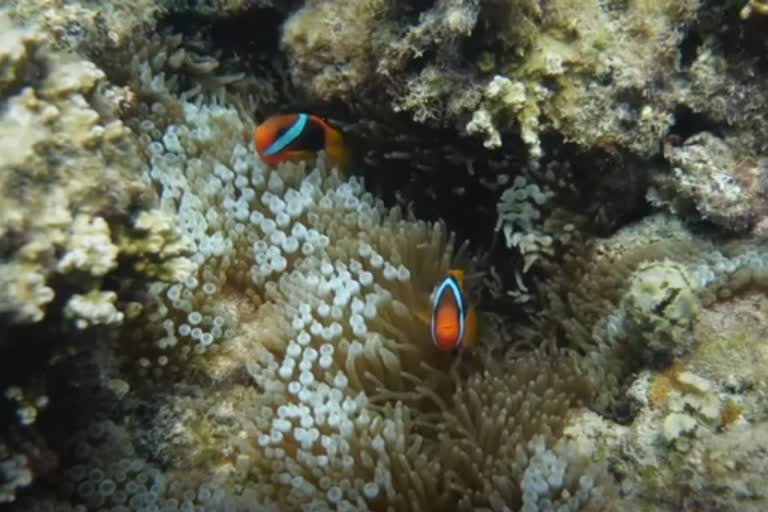Lizard: After getting hit by a cyclone in 2014, the corals in a remote area of the Great Barrier Reef are showing signs of recovery. However, scientists warn that the corals and aquatic animals may not be able to recover in future because of the rising sea temperatures.
While studying the coral reef of the Lizard Island in the Great Barrier Reef, scientists estimated that corals and algae took about 600,000 years to build the massive reef. So the 600,000 years old reef has faced a lot of storms in its lifetime but did not face any temperature change, which they have been facing over the past century.
In April 2016, the Great Barrier Reef suffered a heat wave of 27.9 degrees Celsius. The coral reef reacted to the heat and gave out their colourful algae converting themselves into white.
Lyle Vail, the station's other co-director, says that the many new corals that have sprouted since the cyclones and heat waves can be seen as a sign of hope for the Great Barrier Reef.
"All the science is saying these guys are going to be in severe trouble in the next decade – probably less" he adds.
Marine biologist Cláudio Brandão is trying to unravel an enduring mystery about the basic lifecycle of the corals. "Where do they get their symbionts from?" he asks. "They may be coming from the inside of the sand, that's one of the questions I'm trying to answer here."
Symbionts are organism living in symbiosis with another, in the case of coral - algae is the symbiont. Brandão dived in to collect some sand samples he theorizes contains "endolithic" algae or algae living inside the sand itself.
According to him, if it is correct then the seafloor requires a deep study to understand algae which are stored in it.
But still, there are signs of some reefs which are repairing themselves without any kind of human intervention. Some fish have eaten harmful algae and new corals of different types have sprouted amongst the fallen ones.
Read more: Sand art in Bolivia on Good Friday



